Desert Vegetable Gardening
sandhill_farms
13 years ago
Related Stories
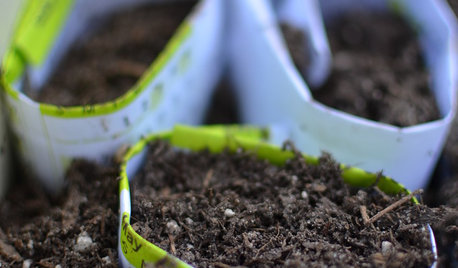
SOUTHWEST GARDENINGTexas and Desert Southwest Gardener's January Checklist
Since snow doesn't swirl in these parts, it's time to get fruit trees in the ground, check irrigation and color the garden with annuals
Full Story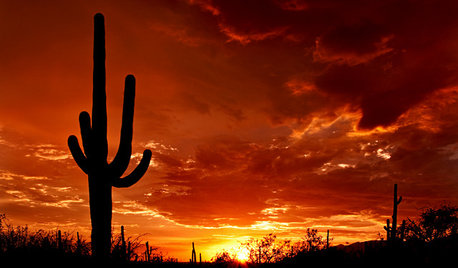
GARDENING GUIDESMeet the Mighty Saguaro of the Desert Landscape
You’ve seen its form in films, on souvenirs and much more. Now get to know this iconic cactus of the Sonoran Desert
Full Story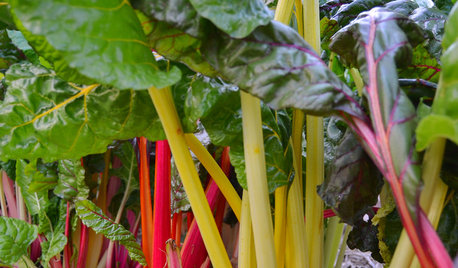
GARDENING GUIDESCool-Season Vegetables: How to Grow Chard
A year-round garden favorite with a colorful stem, Swiss chard comes into its own in early spring and in fall
Full Story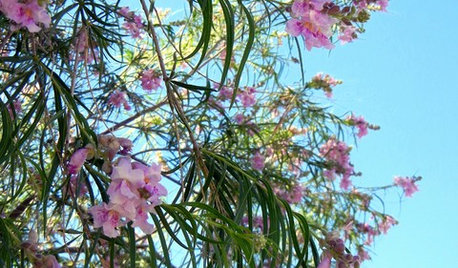
LANDSCAPE DESIGNGreat Design Plant: Paint the Summer Landscape With Desert Willow
If the vibrant flowers of this Southwestern native tree don't blow you away, the hummingbirds, fire resistance and low maintenance will
Full Story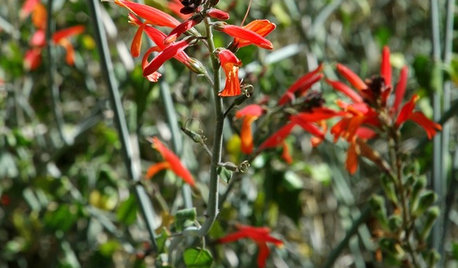
GARDENING GUIDESGreat Design Plant: Beloperone Brightens Casual Desert Gardens
Hummingbirds feast on its red or yellow flowers, and its drought tolerance and low maintenance will satisfy your need for ease
Full Story
GARDENING GUIDESGreat Design Plant: Grow Blueberries for Their Fruit and More
Eastern gardeners should consider growing blueberry plants for their delicious fruits, bee-friendly spring blooms and brilliant fall foliage
Full Story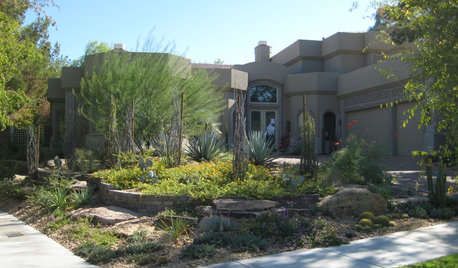
GARDENING AND LANDSCAPINGLush Garden in the Las Vegas Desert
Beauty goes hand in hand with water savvy in a couple's oasis of green in the Nevada desert
Full Story
MOST POPULARHow to Start a Cool-Season Vegetable Garden
Late summer and late winter are good times to plan and plant cool-season crops like salad greens, spinach, beets, carrots and peas
Full Story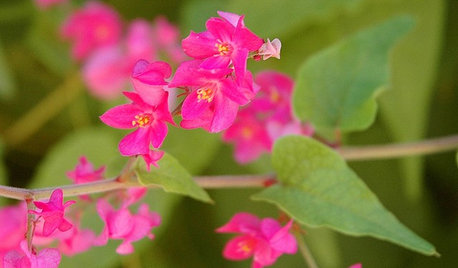
GARDENING GUIDESGreat Design Plant: Antigonon Leptopus in California and Desert Gardens
Dry climates can enjoy sprays of delicate pink flowers and heart-shaped leaves on this drought-tolerant, summer-flowering vine
Full Story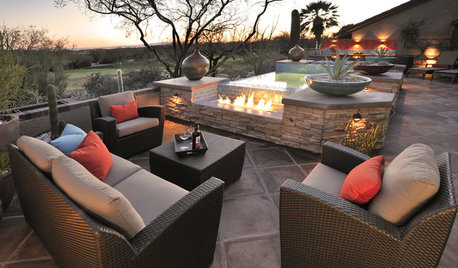
GARDENING AND LANDSCAPINGGarden Tour: A Colorful Patio Blooms in the Arizona Desert
A landscape designer transforms a couple's backyard patio into a feature-packed oasis
Full StoryMore Discussions







john_z11
oregonwoodsmoke
Related Professionals
Wrentham Landscape Architects & Landscape Designers · Elwood Landscape Architects & Landscape Designers · Owings Mills Landscape Architects & Landscape Designers · Canton Landscape Contractors · Cerritos Landscape Contractors · Del Aire Landscape Contractors · Eureka Landscape Contractors · Long Beach Landscape Contractors · San Benito Landscape Contractors · Canton Driveway Installation & Maintenance · Cleveland Driveway Installation & Maintenance · Conroe Driveway Installation & Maintenance · Escondido Driveway Installation & Maintenance · New Bedford Driveway Installation & Maintenance · Sunnyvale Driveway Installation & Maintenanceoregonwoodsmoke
dirtydan
mangledmind
sandhill_farmsOriginal Author
neohippie
mangledmind
DrHorticulture_